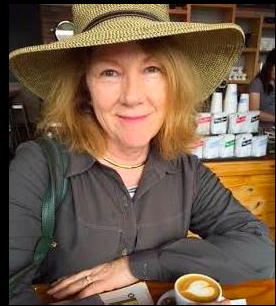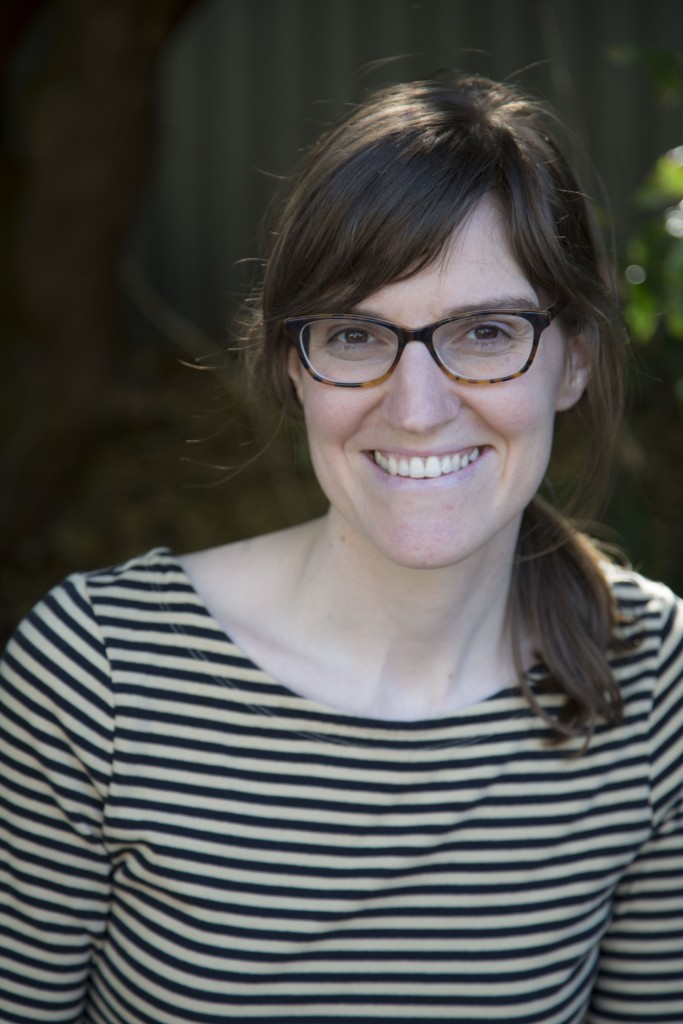To provide observations and information on the emerging fields of landscape scale conservation, heritage preservation, and sustainable community development.
Newsletter
Stay up-to-date with the latest nature, culture and community news.
We won’t spam you or share your information. Newsletters are sent approximately 10 times a year. Unsubscribe at any time.
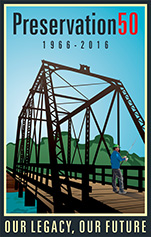
Historic Preservation @Fifty Years: What is Going On?
2016 marks the 50th anniversary of the National Historic Preservation Act, and a host of organizations and advocates are taking the opportunity to not only celebrate, but also to reflect on historic preservation’s past, present and future. Find out more about what is going on and how you might be able to get involved.
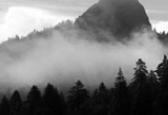
Why is Funding Large Landscape Work so Darn Hard?
The major land and water conservation challenges facing the nation require action on a scale that is large and multi-jurisdictional.The benefits of landscape connectivity are resilient habitats, essential ecosystem services and stronger cultural connections. Yet, generating and sustaining funding for efforts that seek to work on a landscape scale remain daunting. Why is this case and what might be done about it?
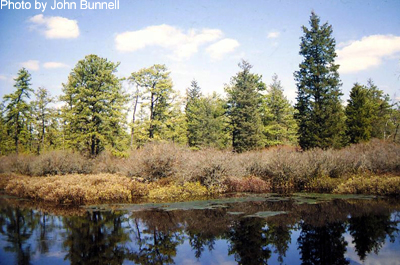
Biosphere Reserves: A Second Chance for the United States?
Biosphere reserves serve as special places for testing interdisciplinary approaches to understanding and managing changes and interactions between social and ecological systems, including conflict prevention and management of biodiversity.
However, for many years now the biosphere reserve program in the US has been dormant. Learn about new efforts to re-invigorate the initiative.
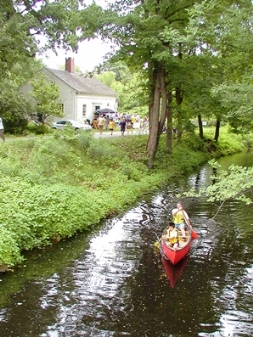
Blackstone River Valley: Policy Without Money is just Talk
The Blackstone River Valley in Massachusetts and Rhode Island has long been a hotbed of innovation from its earliest industrialization to experimentation in protected area management with the creation of a National Heritage Corridor in 1986. Recently, the conservation possibilities of the region have been re-imagined yet again. In 2014, Congress authorized a new park unit – the Blackstone River Valley National Historical Park. How might this latest change affect the ongoing story of the heritage corridor with more than three decades of working on the ground in communities throughout the valley?

In the Face of Destruction: World Heritage Matters
What can be done about the ongoing destruction of World Heritage Sites in regions currently suffering through civil war and other devastating conflicts? Are there any steps to be taken when heritage becomes a tactic of war?

Historic Preservation @Fifty Years: What is Going On?
2016 marks the 50th anniversary of the National Historic Preservation Act, and a host of organizations and advocates are taking the opportunity to not only celebrate, but also to reflect on historic preservation’s past, present and future. Find out more about what is going on and how you might be able to get involved.

Why is Funding Large Landscape Work so Darn Hard?
The major land and water conservation challenges facing the nation require action on a scale that is large and multi-jurisdictional.The benefits of landscape connectivity are resilient habitats, essential ecosystem services and stronger cultural connections. Yet, generating and sustaining funding for efforts that seek to work on a landscape scale remain daunting. Why is this case and what might be done about it?

Biosphere Reserves: A Second Chance for the United States?
Biosphere reserves serve as special places for testing interdisciplinary approaches to understanding and managing changes and interactions between social and ecological systems, including conflict prevention and management of biodiversity.
However, for many years now the biosphere reserve program in the US has been dormant. Learn about new efforts to re-invigorate the initiative.

Blackstone River Valley: Policy Without Money is just Talk
The Blackstone River Valley in Massachusetts and Rhode Island has long been a hotbed of innovation from its earliest industrialization to experimentation in protected area management with the creation of a National Heritage Corridor in 1986. Recently, the conservation possibilities of the region have been re-imagined yet again. In 2014, Congress authorized a new park unit – the Blackstone River Valley National Historical Park. How might this latest change affect the ongoing story of the heritage corridor with more than three decades of working on the ground in communities throughout the valley?

In the Face of Destruction: World Heritage Matters
What can be done about the ongoing destruction of World Heritage Sites in regions currently suffering through civil war and other devastating conflicts? Are there any steps to be taken when heritage becomes a tactic of war?

